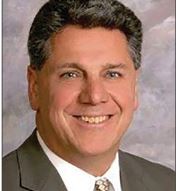
By Rob Shauger
Before you can lead others effectively, you must first learn to lead yourself—starting with balance, discipline, and time to think.
In today’s performance-driven business world, leadership is often measured by team metrics, growth curves, and public visibility. But those who’ve led at the highest levels know the secret to sustained influence isn’t external at all—it’s internal. As John Maxwell, one of the most respected voices in leadership, puts it: “The toughest person to lead is always yourself.”
That idea may be uncomfortable, but it’s also incredibly empowering. Before you can inspire others, you must first cultivate self-awareness, discipline, and the emotional stability to lead from clarity—not chaos.
Self-leadership is the often invisible act of managing your energy, decisions, habits, and mindset. Unlike performance reviews or boardroom wins, self-leadership isn’t publicly rewarded—but it shapes everything others see.
Maxwell teaches that everything rises and falls on leadership—and that includes the internal leadership we practice daily. If you don’t have command of yourself, it’s only a matter of time before stress, misalignment, or burnout undermines your ability to lead others.
Self-leadership is about living your values, even when no one’s watching. It’s about showing up with consistency, setting the example, and making decisions rooted in principle. And most of all, it’s about creating the internal alignment that earns long-term trust.









